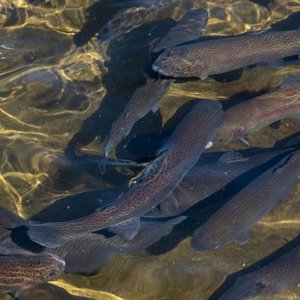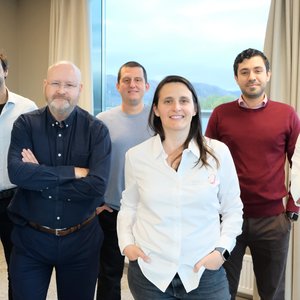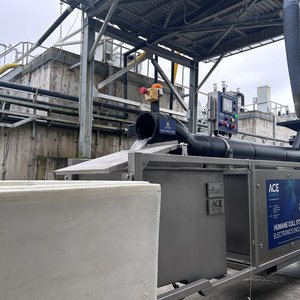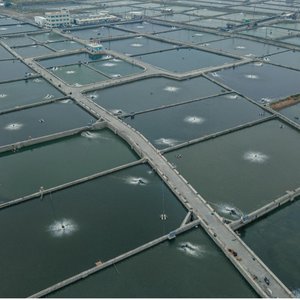Led by North Carolina Sea Grant and NC State University, StriperHub is a multi-partner and multi-regional collaborative project that supports the development of the US striped bass aquaculture industry. The project was recently awarded USD 1.4 million from NOAA Sea Grant’s USD 14 million funds, an initiative meant to advance hatchery strategies and juvenile production, aquaculture collaboratives, and the establishment of an aquaculture information exchange.
StriperHub, which also received National Sea Grant funding in 2019 for a project that included striped bass production, will take advantage of this new fund to expand the project from the Mid-Atlantic and Northeast regions to include the Midwest, further the research and production of commercial striped bass, and create a consistent distribution network to help develop the striped bass aquaculture industry.
Farmed striped bass, which has proven to be highly viable in studies over the past few years by appearing on menus at restaurants and sushi bars, was well accepted by the audience of the 2022 North Carolina Seafood Festival in Morehead City, showing huge potential as prized species for aquaculture.
“A candidate species has a premium price, high consumer demand, and adapts well to localized production. Among white-fleshed marine fishes in the U.S., there aren’t many of these. But striped bass meets all the criteria,” said Russell Borski, StriperHub’s southeast regional coordinator.
The Pamlico Aquaculture Field Laboratory (PAFL) has selectively bred striped bass for over 30 years to improve growth rates, stress tolerance, and resistance to diseases, and optimize feed efficiency as well. Working closely with industry and commercial partners, StriperHub has produced about 14.25 million striped bass fry and 851,000 striped bass fingerlings in 2022, bringing roughly 89,000 pounds of farm-raised striped bass to North Carolina markets.
Currently, crucial research is focused on “phase shifting”, to obtain out-of-season spawning of the StriperHub broodstock at PAFL. Striped bass naturally spawn in spring, but by altering certain environmental conditions, the team can control the time of year the fish spawn, and thus ensure they have enough supply for commercial farms.
Furthermore, some commercial aquaculture companies are also shifting towards recirculating aquaculture systems (RAS) resulting in faster growth and the ability to harvest fish year-round. “We see a lot of potential for RAS production of striped bass, and we want to make sure that we can have a year-round supply of fingerlings for commercial operations to stock their grow-out facilities, on almost a monthly basis,” said Eric Herbst, North Carolina Sea Grant’s coastal aquaculture specialist.
Finally, the StriperHub team will continue to develop education and training programs, clarify regulatory permitting and licensing procedures, and promote comprehensive outreach and visibility among striped bass producers and consumers, including releasing a revised edition of the industry standard manual: Culture of Striped Bass: 21st Century.












